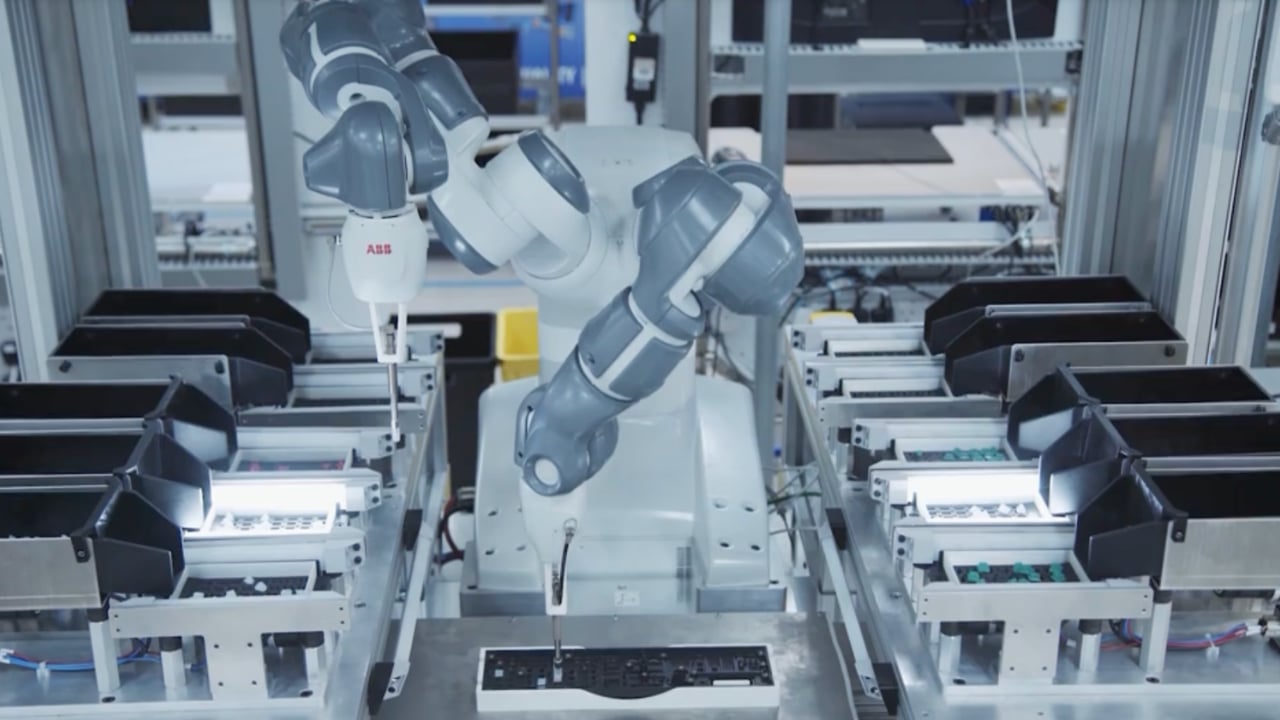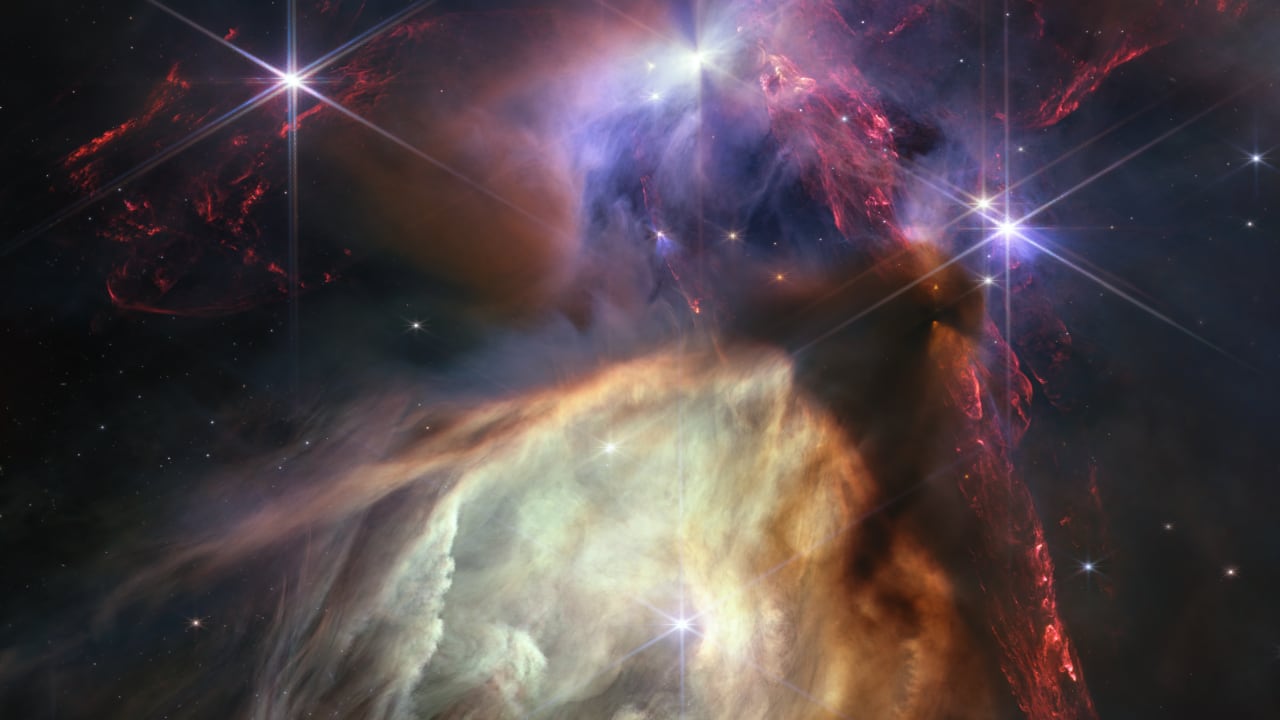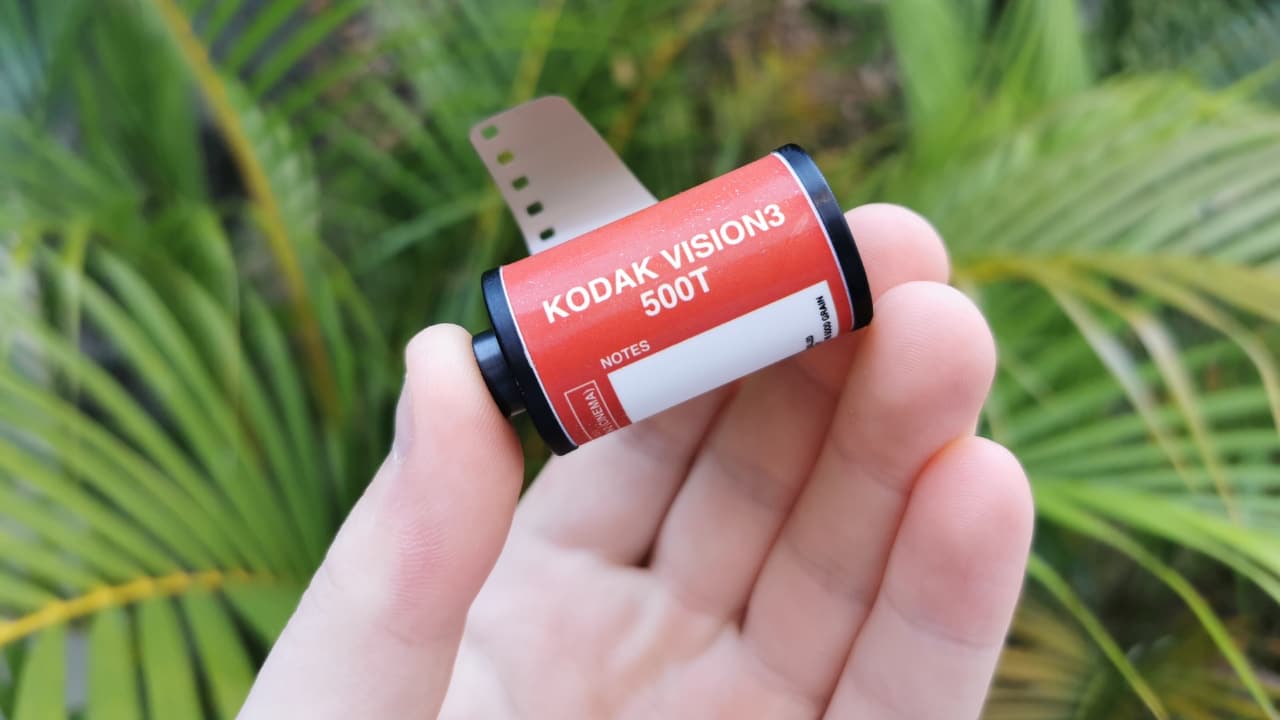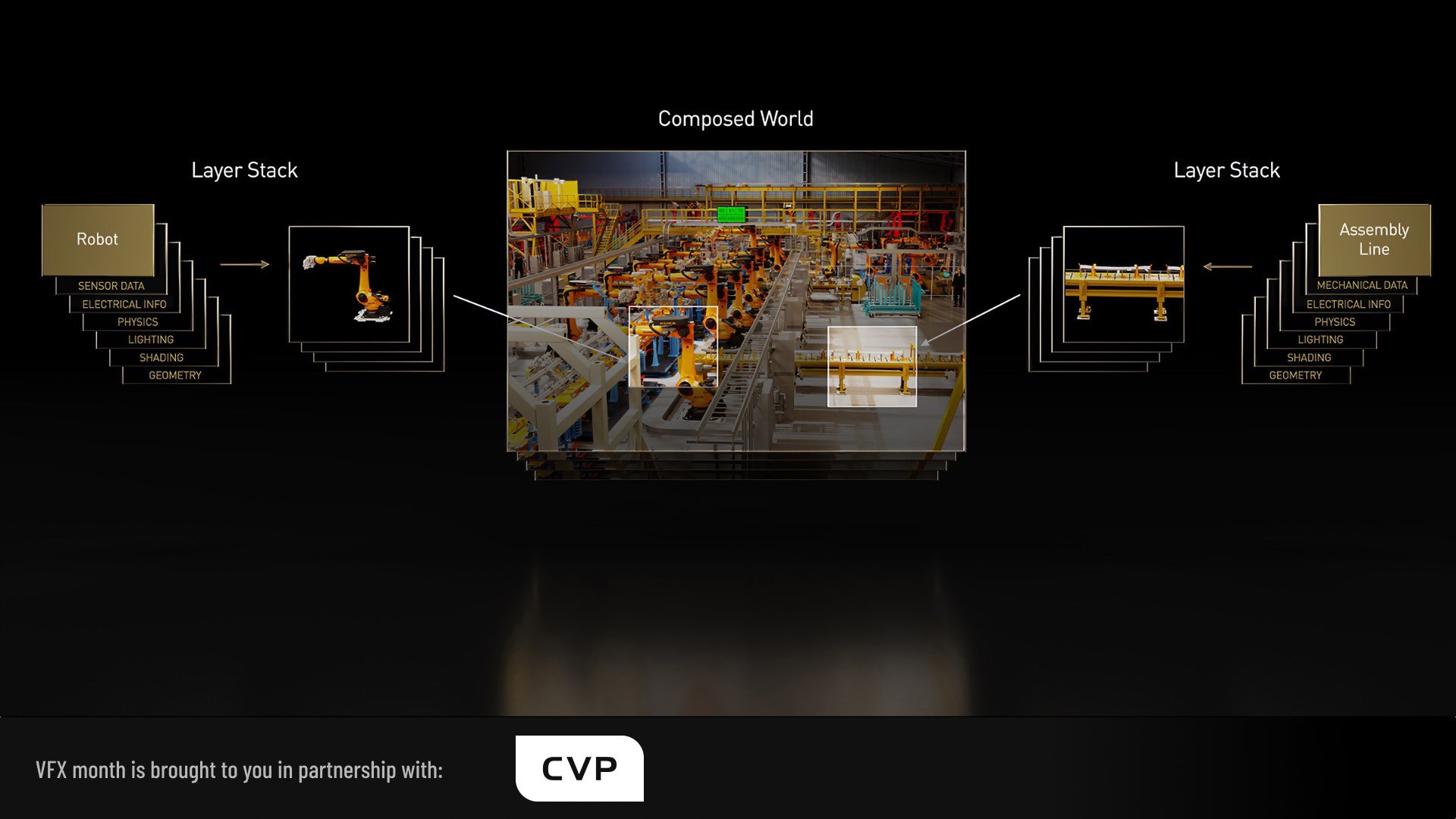
Summer is traditionally a quiet time in the industry, but this year was anything but.
This is how Sony makes cameras in 2023 (& it's not all robots)

We kicked off July with a visit to Sony’s camera factor in Pencoed in Wales. David Shapton first visited it ten years ago, but took the opportunity to catch up on new developments at the facility.
The Pencoed factory is one of the most advanced in the world, and it currently produces Sony’s 2/3” HXC-FZ90 studio camera.
David wrote of the automation, “Sony's technology centre has its own R&D department tasked with improving productivity, focusing on machine vision. The cameras have thousands of parts, and picking those items and placing them on circuit boards is tricky and laborious. So Pencoed now has a robotic system with machine vision to identify individual components randomly placed on a tray with hundreds of other items. Stereo cameras on the robot's arms scan the parts, and when it "sees" one it recognises, it picks it up and immediately places it on the circuit board. Remarkably, if it doesn't identify any components, it sends an instruction to shake the tray - appropriately with the same Playstation device that generates haptic feedback! Eventually, the robot finds all the parts, places them on the board and sends it off to the next stage.”
Remarkably, the factory still has human input, with a single person assembling the camera at the end of the production line.
James Webb Space Telescope shares its first anniversary image

In outer space, the James Webb Space Telescope completed its first year of operation. It’s fair to say that it was a year full of revelatory new data that will keep scientists occupied for years. To celebrate, the telescope captured an image from a region of space a mere 390 light-years away, allowing for unparalleled clarity with no foreground stars in the intervening space.
Andy Stout wrote, “Webb’s image shows a region containing approximately 50 young stars, all of them similar in mass to the Sun, or smaller. The darkest areas are the densest, where thick dust cocoons still-forming protostars. Huge bipolar jets of molecular hydrogen, represented in red, dominate the image, appearing horizontally across the upper third and vertically on the right. These occur when a star first bursts through its natal envelope of cosmic dust, shooting out a pair of opposing jets into space like a newborn first stretching her arms out into the world. In contrast, the star S1 has carved out a glowing cave of dust in the lower half of the image. It is the only star in the image that is significantly more massive than the Sun.”
Sony unveils new α6700, billed as ‘most advanced APS-C camera ever’

New cameras kept on coming over the summer months, including Sony’s new α6700, which featured AI object recognition and tracking. It features a 26MP sensor capable of the now obligatory 4K 120fps frame rate, as well as SLog3 and S-Cinetone derived from the company’s cinema line of cameras.
We wrote at the time, “Sony reckons that the camera delivers the data equivalent to 6K, outputting superior 4K video, including support for high-frame-rate recording at 4K 120fps. It features S-Log3, offering 14+ stops, and is also equipped with S-Cinetone, delivering impressive skin tone depiction and subject highlighting, technologies honed through the Cinema Line development. AI-driven Auto-Framing smoothly tracks subjects, eliminating the need for manual camera movement.”
Insta360 GO 3 review: Is tiny really mighty?

Summer saw the release of Insta360’s GO 3 camera. The GO series has been made popular by dint of the absolutely tiny size of the camera. The GO 3 advanced things by allowing the camera to be placed into a pod with a 2” LCD screen, which can also be used to operate the camera remotely.
Simon Wyndham wrote of the camera, “In conclusion, the Insta360 GO 3 is a well thought out system, and it performs extremely well for the purposes it is designed for. If you are looking for a camera that can be used in a spontaneous way, but you might want something you can use for action sports on a more casual basis, then the GO 3 is a good option to look at.”
Changing the game: The fascinating story of broadcasting the FIFA Women's World Cup

Sport isn’t something of a RedShark speciality, but the broadcasting of the FIFA Women’s World Cup was a full on broadcasting event, and Matt Gregory decided to take a look behind the scenes as to how it was done. Matt saw the progression in technology used to broadcast the tournament develop in parallel to how the women’s game has progressed since its first World Cup in 1991.
Matt wrote, “The FIFA Women's World Cup has evolved from pretty humble beginnings in a not very open China in 1991 into what will be a genuine global sporting spectacle in 2023. As broadcasting technology continues to advance, so does the women’s game and actually many sports. It is a product people want to watch and sponsors want to support, and the better that product can be packaged into viewers and fans homes around the world the better for the game and the broadcast industry we love.”
The cheapest way to shoot colour film in 2023

Analogue stills shooting has made a big comeback, no doubt in part due to influential YouTubers such as Peter McKinnon promoting the use of 35mm photography. The result is that the format has soared in popularity, helping to drive up costs across the board. With this in mind, Josh Edwards took a look at ways to shoot 35mm stills without breaking the bank, by using a film stock traditionally used by motion picture cameras, Kodak Vision 3.
“Not so long ago, film was nearing the end. All the big players were packing up the analogue world and winding it down, like one last spool of film. Digital had arrived — easier, crisper, unlimited in its shots and ability to post-process. Film was dead. And yet…here we are. In 2023 the demand for film has increased to such a degree that the likes of Kodak can’t keep up. As every dreary A-level economics class will teach, increased demand and limited supply leads to rising prices. So, the question on many photographers' lips now is, how to shoot colour film without breaking the bank?”
NVIDIA unveils new AI superchip and adds generative AI to Omniverse

Another month, another AI story. This time it was the turn of Nvidia, which had developed a new AI based superchip, the GH200. AI is advancing very quickly, and so NVIDIA has been thinking ahead. Andy Stout wrote, “… there’s a whole new next gen version due next year as well, which will allow users to connect multiple GPUs for exceptional performance and easily scalable server design. NVIDIA reckons that the dual configuration of a single server with 144 Arm Neoverse cores, eight petaflops of AI performance, and 282GB of HBM3e memory delivers up to 3.5x more memory capacity and 3x more bandwidth than the current generation.”
In addition to the new AI chip, the company was also adding generative AI to its Omniverse system, and a new NVIDIA AI Workbench system.
“The idea is that the Workbench removes the complexity of getting started with an enterprise AI project, and allows developers to easily fine-tune models from popular repositories. Hundreds of thousands of pretrained models are already available on the rapidly mushrooming AI market, and customizing them with the many open-source tools available can be challenging and time consuming to say the least.”
Tags: Production


Comments